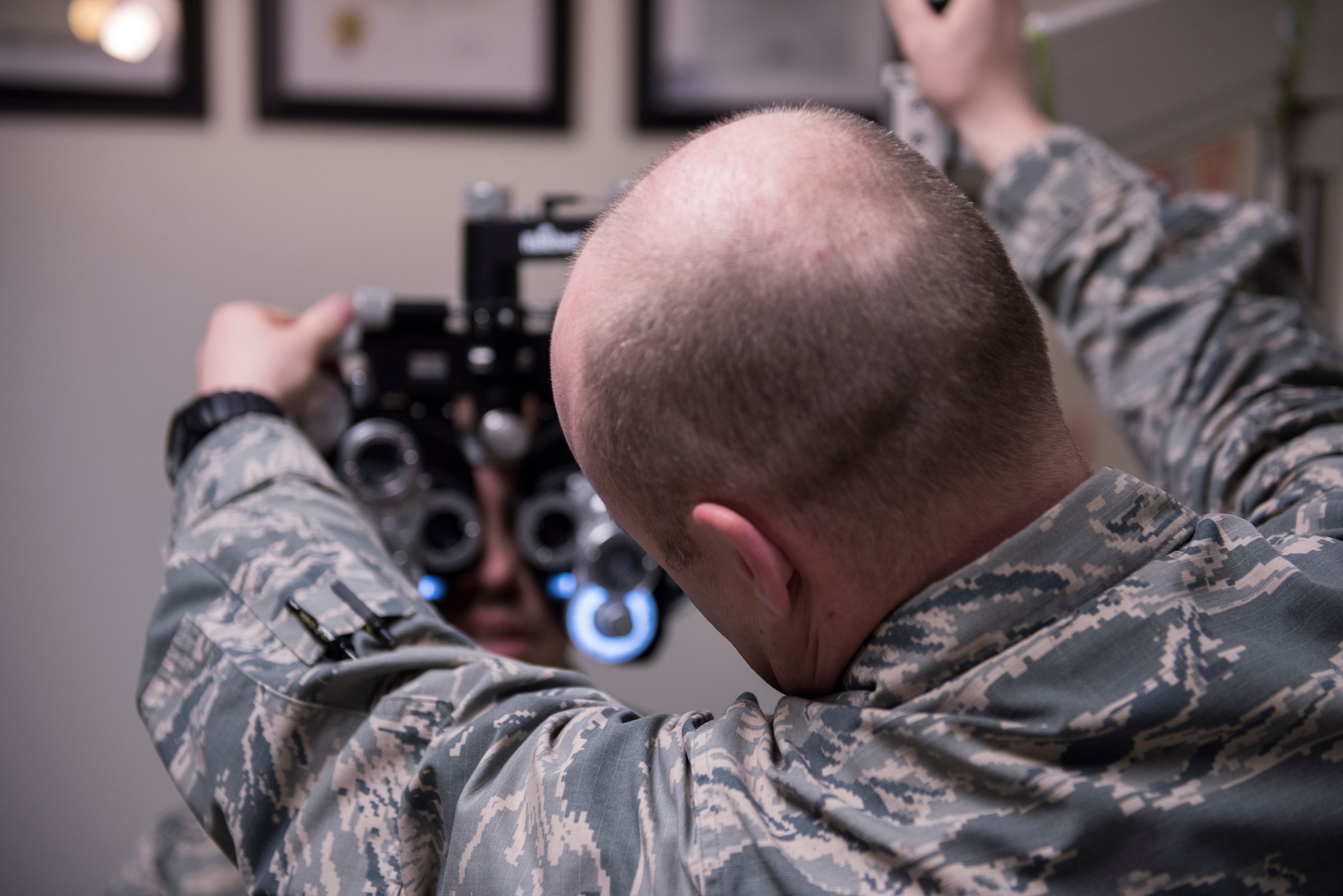In one of the most heartrending dark comedies of the mid-aughts, one cast member of “Little Miss Sunshine” raised the question of vision standards required for military service.
Philosophical teen Dwayne (Paul Dano) never speaks during a road trip to his younger sister’s beauty pageant, vowing silence until he can become an Air Force fighter pilot.
In the last leg of the drive, he realizes he is color blind, which will disqualify him. An explosive emotional breakdown leads him to utter his first word: a gutturally screamed “F--K!”
And while Dwayne’s experience is a work of fiction, the scene is based on a color vision requirement reality.
“Within the armed forces, there are specific military occupations that have more stringent vision requirements than the general requirements listed above,” Dr. Michael Pattison, Vision Center of Excellence program manager for readiness and operations optometry, told Military Times. “Examples include personnel required to operate specialized equipment — e.g., aircraft — or conduct unique occupational tasks.”
Each service has its own vision requirements for enlistment or commission. But within the branches, specific occupations also have more or less stringent optical standards.
Among those, pilots have a particular need for advanced visual acuity.
“Colors are used to orient the direction of aircraft and ships to provide airmen and sailors with a universal navigation reference, regardless of their operating environment,” Pattison said.
For example, both military planes and ships use green, red and white lights for orientation purposes.
“Service members working in select occupations must be able to identify the direction of movement of a craft based solely only on navigation lights,” Pattison added. “This will prepare them for situations in which operational conditions may make it impossible to see the actual craft.”
When it comes to other occupations, recruits can defer to DoD Instruction 6130.03 Volume 1, also known as “Medical Standards for Military Service: Appointment, Enlistment, or Induction.”
According to Pattison, a majority of American people meet these vision standards.
“As long as the service member’s vision remains above the general standards mentioned above, they can remain enlisted or commissioned,” he said. “In rare instances in which vision falls below these standards, they may be required to separate from the military if deficiencies in visual acuity are not correctable.”
A handful of “congenital conditions,” including lazy eye, are still permitted. However, there may be some occupational specialties that are out of reach for recruits with these types of impairments.
Deterioration of vision over time can also impact a service member’s career, but it doesn’t necessarily mean separation.
“If they fail to meet those vision standards, they would be moved to positions with different duties and responsibilities requiring less strict vision requirements,” Pattison said.
Sarah Sicard is a Senior Editor with Military Times. She previously served as the Digitial Editor of Military Times and the Army Times Editor. Other work can be found at National Defense Magazine, Task & Purpose, and Defense News.
In Other News














